Robert Ridgway, known primarily for his extensive contributions to ornithology and as curator of birds for the United States National Museum, was also a keen observer of the changing landscape in areas where he conducted his detailed studies. While researching for his descriptive catalog of the birds of Illinois, Ridgway documented the woodlands in the area surrounding his hometown of Mount Carmel, offering valuable insight into the effects of cultivation on the primitive forest of the area.
In 1876 Ridgway sent the below letter and a few photographs to Assistant Secretary of the Smithsonian Spencer Fullerton Baird "with the object of preserving some record...of the grandeur of the primitive forest of the Mississippi Valley..." In addition to the photographs, he offered the observation that "few of the magnificent trees represented in these views will be standing in a few years hence."
![Copy of Letter from Robert Ridgway to Spencer Fullerton Baird, dated January 31, 1876, SIA RU000095 [SIA_000095_B83_F02_004] Copy of Letter from Robert Ridgway to Spencer Fullerton Baird](https://siarchives.si.edu/sites/default/files/styles/body-image-450h/public/blog-attached-images/SIA_000095_B83_F02_004.jpg?itok=xgkegRvU)
He continued to document the trees in that area and was a frequent correspondent of Charles Sprague Sargent, director of the Arnold Arboretum of Harvard University, with whom he shared his voluminous notes with the intent of contributing to the “Report on the Forests of North America” for the Tenth Census of the United States. Due to Ridgway’s level of detail, Sargent suggested that the ornithologist publish his full account separately, which he did in a report titled "Notes on the Native Trees of the Lower Wabash and White River Valleys, in Illinois and Indiana," included in the Proceedings of the United States National Museum, Volume V, published in 1882.
In this publication, Ridgway detailed tree species and some of their measurements from two neighboring areas, captured in 1876 and 1881. To complement his research, he also created a photographic record to illustrate some of the more magnificent or rare specimens. The recently digitized set of photographs is now available online and designated as open access. See below for some of my favorites, many of which feature Ridgway himself.
Related Resources
Proceedings of the United States National Museum, Volume V, 1882, Smithsonian Institution
Produced by the Smithsonian Institution Archives. For copyright questions, please see the Terms of Use.

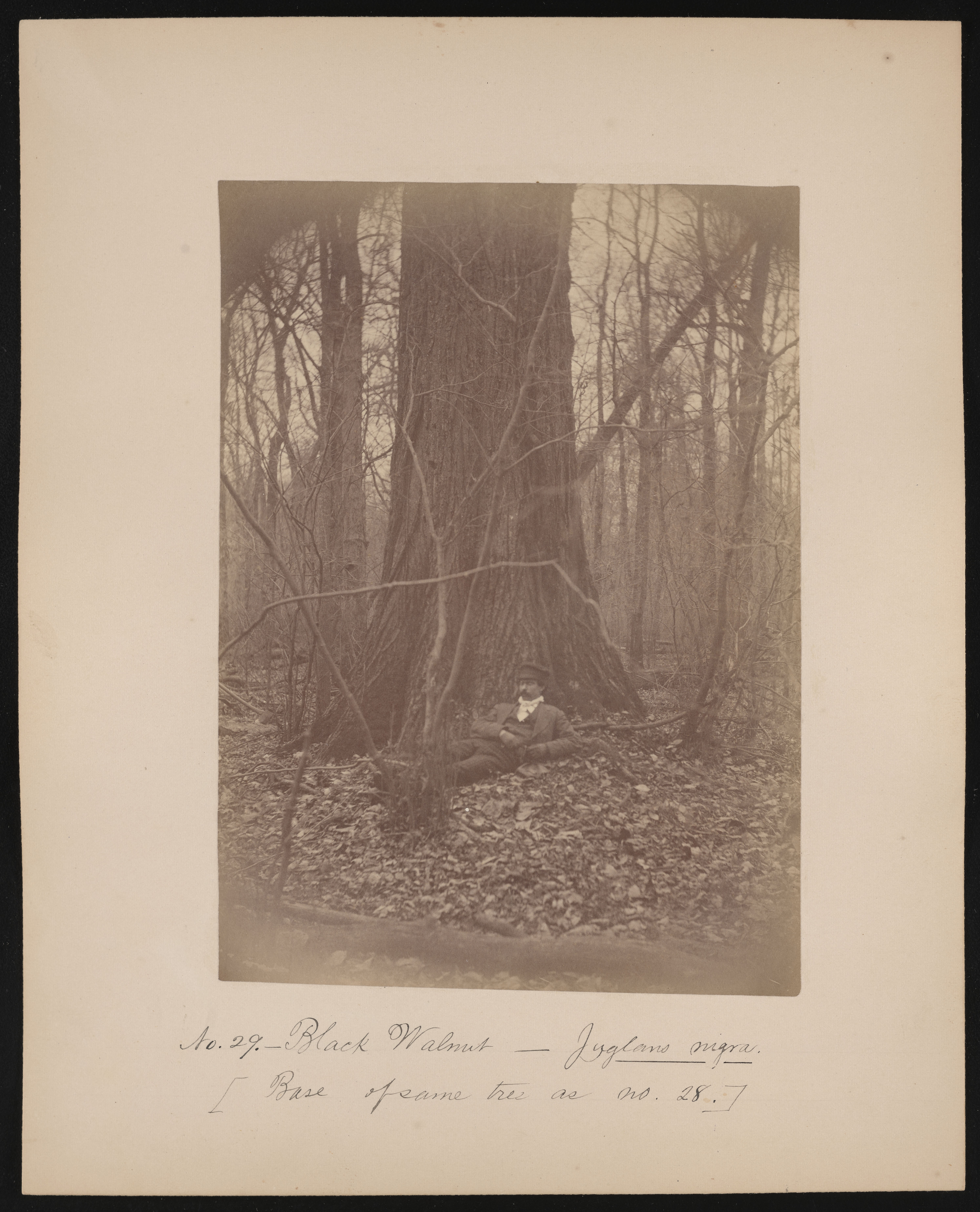


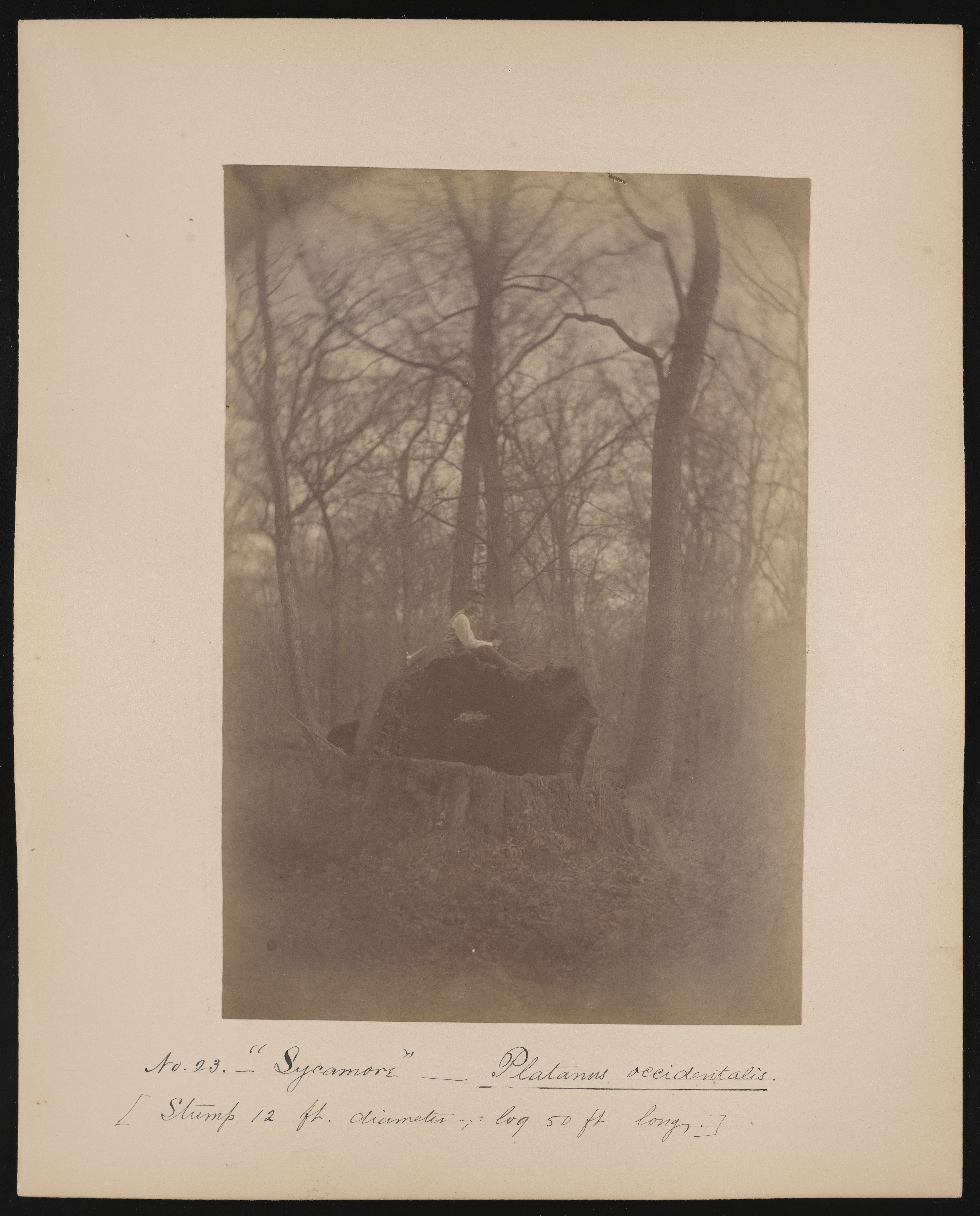
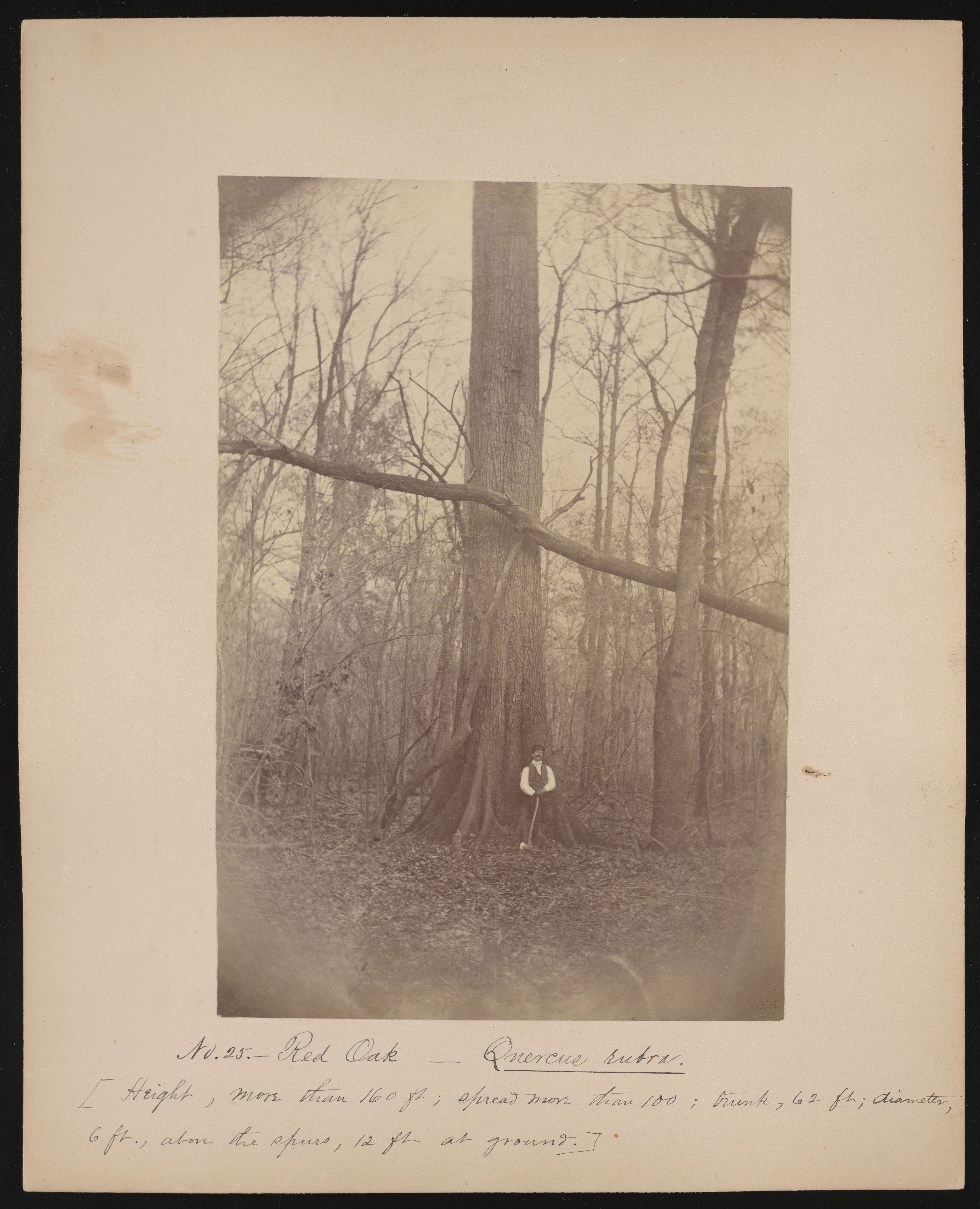

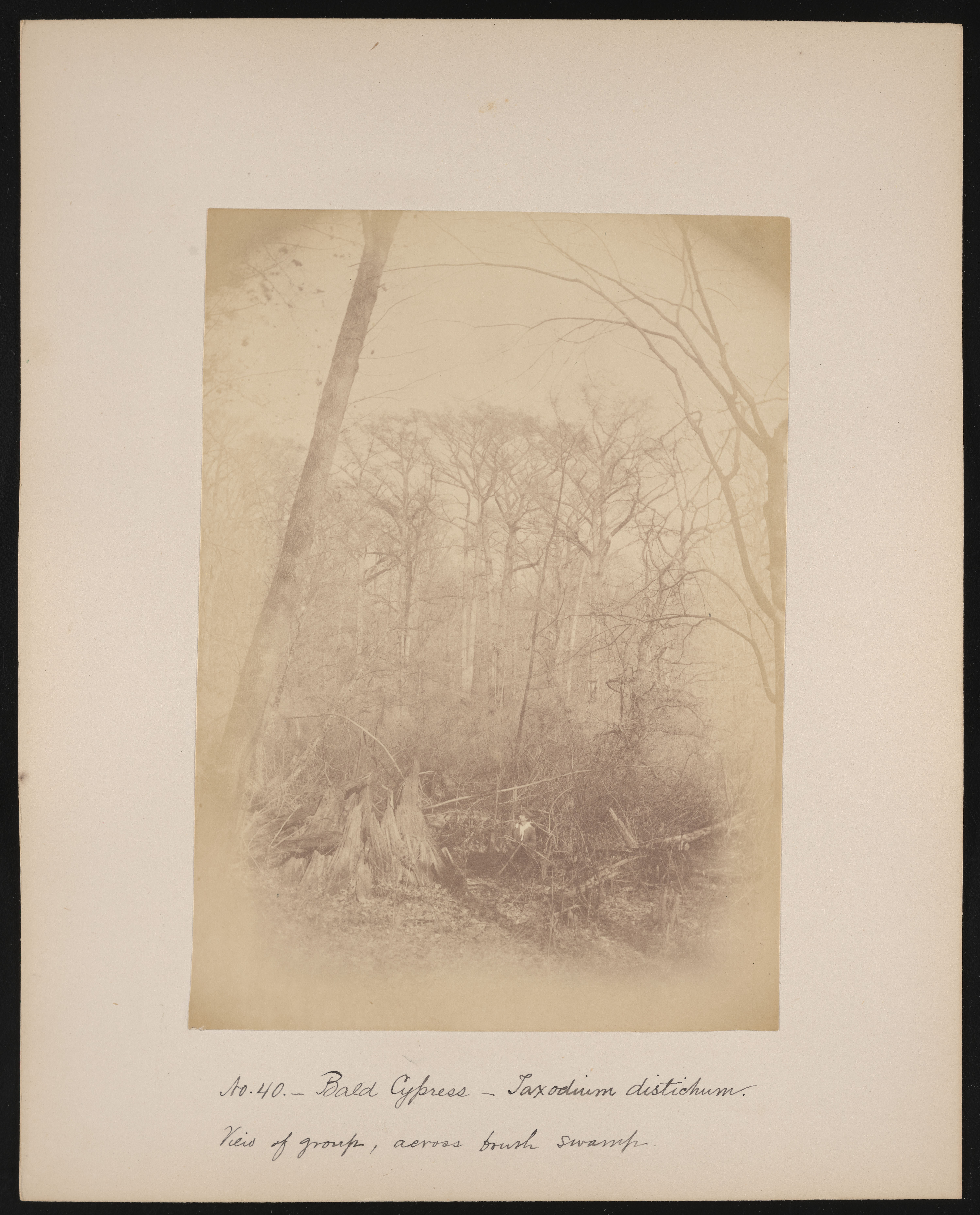

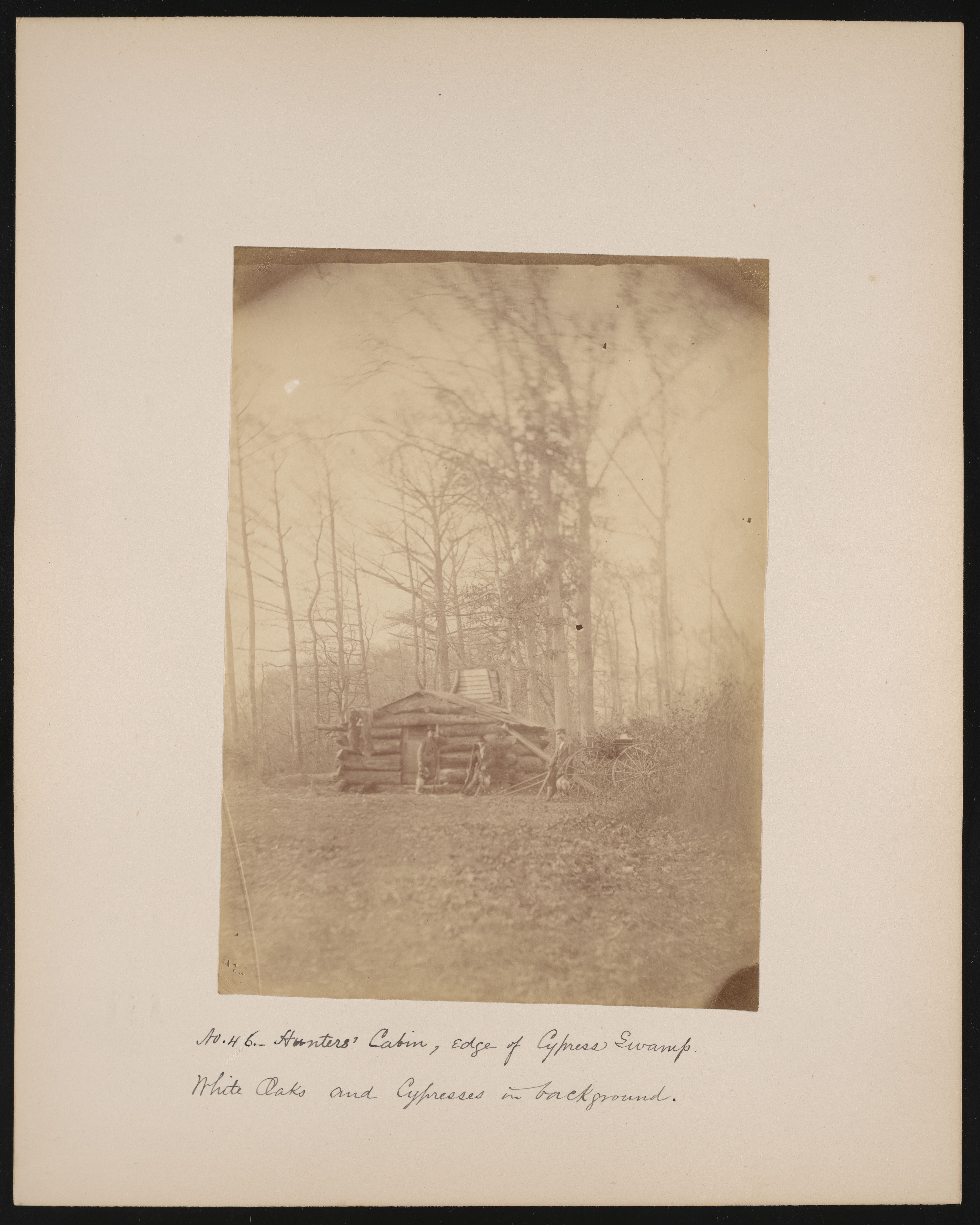
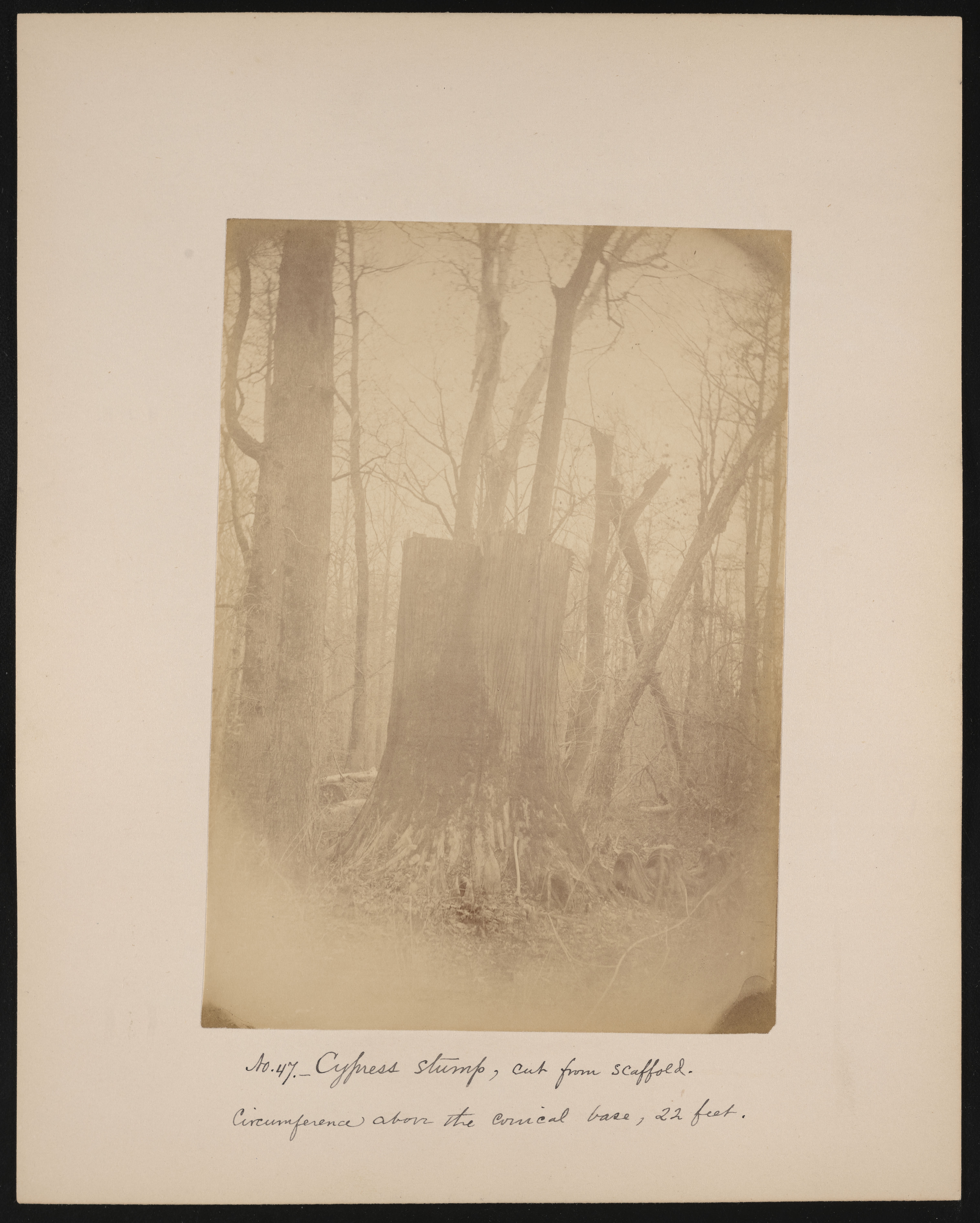
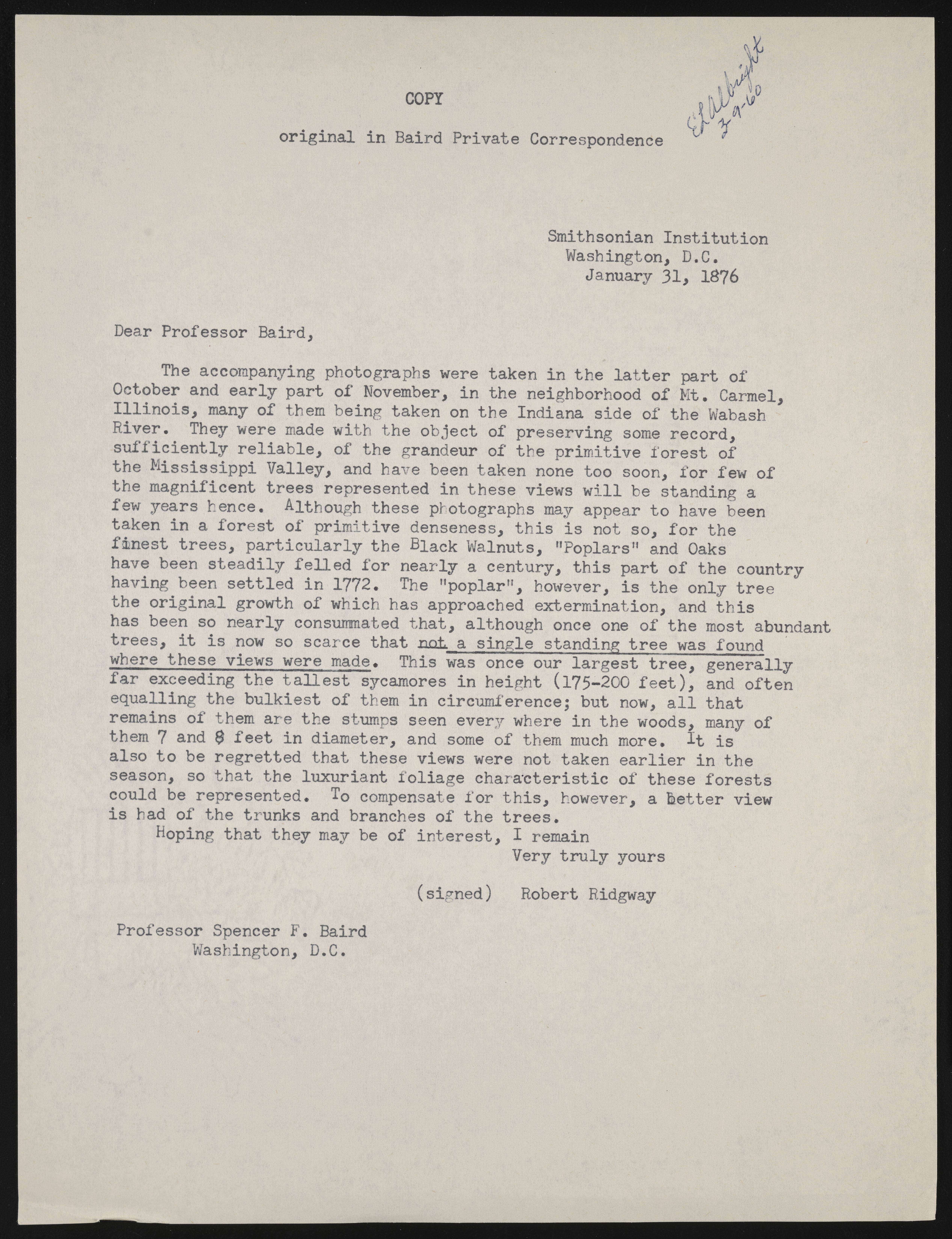
Leave a Comment